The 4Cs of Diamond
The 4Cs, are the standard way to measure the beauty, craftsmanship, and value of a diamond.
#1 Cut
The term “diamond cut” refers to the quality of a diamond’s proportions and symmetry. These elements determine how much light a diamond captures and reflects, and therefore how much it sparkles. This is a direct result of the skill of the craftsman who shaped and cut the diamond.
There are four grades of diamond cut: Ideal, Very Good, Good and Poor.
If you compare two diamonds of different cuts grades, you will see that the higher cut grade has significantly more sparkle. There will also be a difference in their prices, with the better cut grade commanding a higher price. Of the 4Cs, cut is generally recognised as the most important, since it has the greatest impact on a diamond’s appearance and quality.
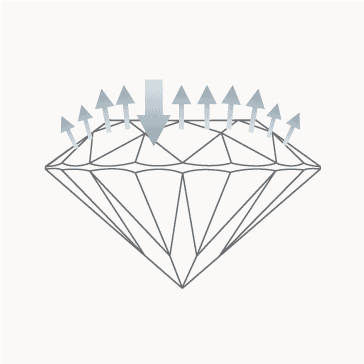
Ideal Cut
Tremendous sparkle. Excellent polish and symmetry.
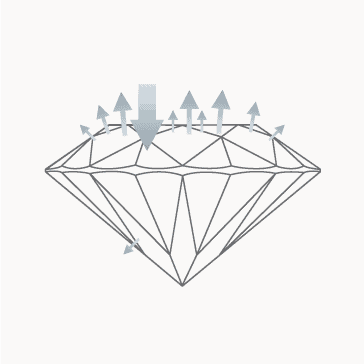
Very Good Cut
Lots of sparkle. Great polish and symmetry.
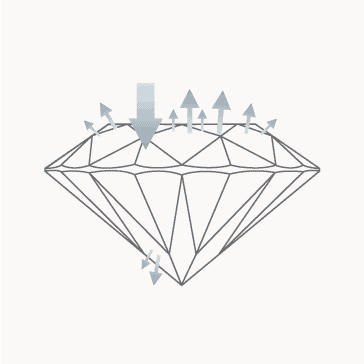
Good Cut
Good amount of sparkle. Sufficient polish and symmetry.
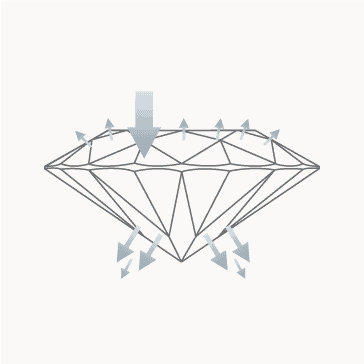
Poor Cut
Will not sparkle very much. Unsatisfactory polish and symmetry.
#2 Clarity
Clarity refers to a diamond’s natural inclusions. While small marks within a diamond are natural, their appearance can leave something to be desired if they are visible to the unaided eye.
The shape of a diamond can affect the importance of its clarity grade. The facet patterns of the brilliant-cut diamond shapes such as round and princess can hide certain imperfections, but step-cut shapes such as emerald have large, open tables that make inclusions more obvious.
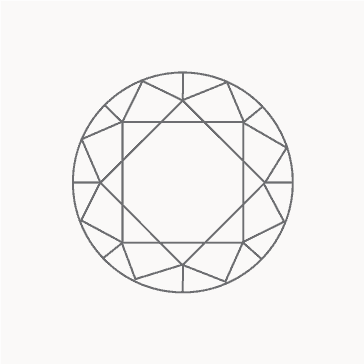
FL
No surface imperfections or inclusions; the rarest of all diamonds.
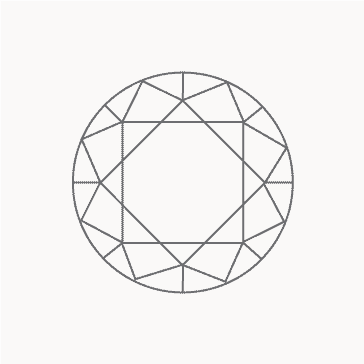
IF
No visible inclusions, even under magnification.
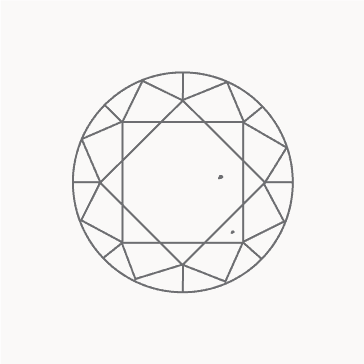
VVS1
No imperfections visible to the unaided eye.
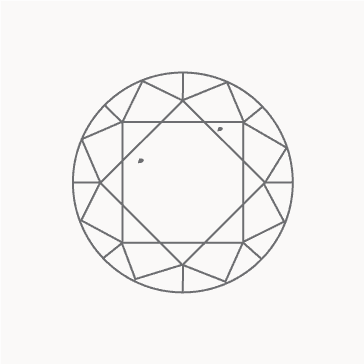
VVS2
No imperfections visible to the unaided eye.
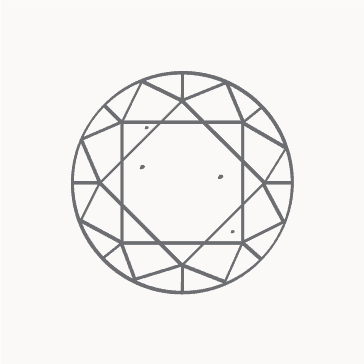
VS1
At VSI, you may be able to see a few tiny imperfections upon close inspection.
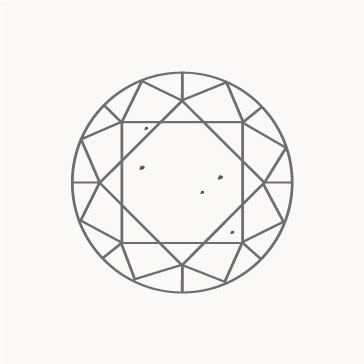
VS2
At VS2, you might be able to see a few more tiny inclusions.
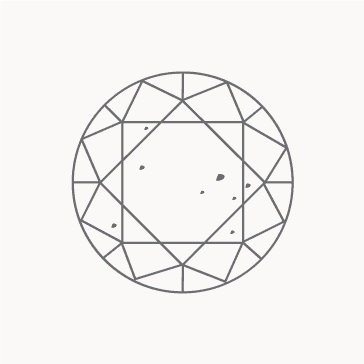
SI1
Imperfections, though small, are likely to be visible with the unaided eye.
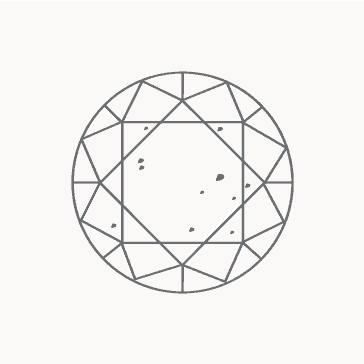
Si2
Imperfections, though small, are likely to be visible with the unaided eye.
#3 Colour
A diamond’s colour grade actually measures how little colour it reflects. The diamond colour grading scale begins with “D” and ranges down to “Z”. A diamond assigned a grade of “D” has absolutely no colour — it looks pure white, even to a gemologist inspecting it carefully under 10X magnification. On the other hand, a diamond assigned a grade of “Z” looks yellow or brownish.
Colourless (D, E, F): Pairs well with platinum, palladium, and white gold.
Near-Colourless (G, H, I, J): Pairs well with white, yellow , or rose gold.
Noticeable Colour (K, L): Pairs well with yellow gold or rose gold.
#4 Carat
Carat is the measure of how much a diamond weighs. Carat is also related to size (how big a diamond looks). Depending on shape, weight distribution and cut quality, two diamonds with the same carat weight can be different sizes.
Verify Your Report
IAG Report Check provides you with an additional level of assurance. A quick and convenient way for verification of information on your report with IAG’s report database.
Report number does not exist.